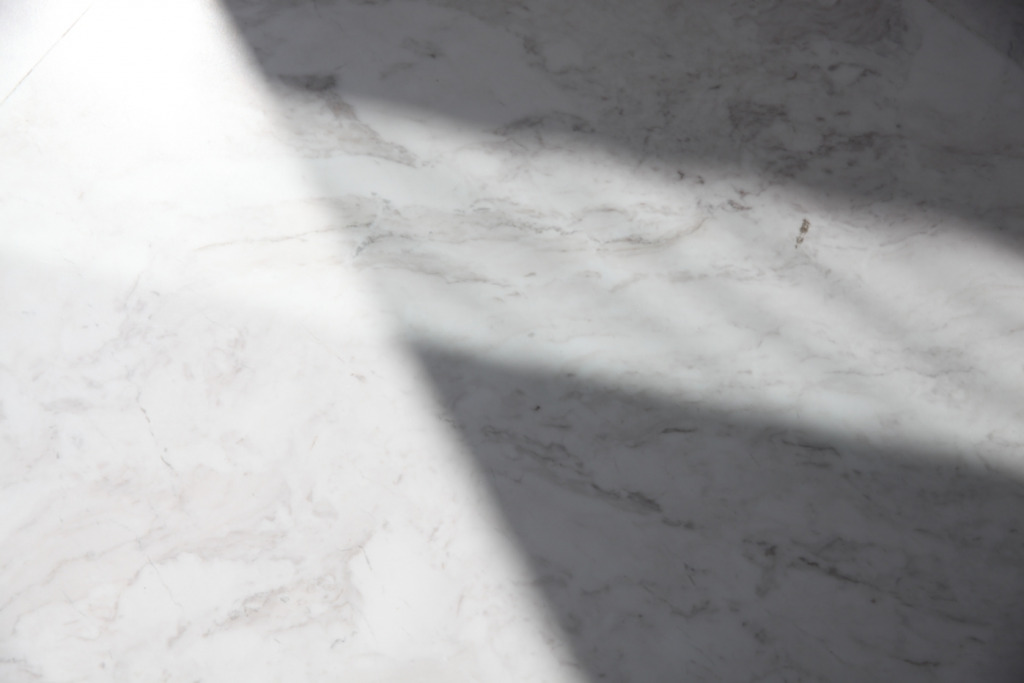Stone or vinyl flooring in the kitchen?

Stone. Vinyl. Stone. Vinyl. Stone… The dilemma is very much real. In the good ol’ days the choice was simple: fit tiles or simply stand in the dirt. However, as vinyl has become ever more popular, it’s now extremely difficult to pick between the two; the latter now almost indistinguishable from the real deal. Fortunately we’re here to help you make your mind up.
Stone styles and ceramic tiles
If you’ve ever been to a museum housing ancient artifacts you’ve probably seen a tile or two. Whether it’s a dusty Roman slate or a decorative Chinese ceramic from the turn of the millenia, the fact you can still view them today is testament to just how long-lasting the humble tile can be. Likewise, modern stone and ceramic tiles are pretty much guaranteed to last for life, surviving impact from dropped plates, spilled wine and even muddy children.
An additional benefit of natural stone tiles is the ability to install underfloor heating directly underneath. Because most stone is an excellent conductor of heat (think of hot rocks at the spa) it means that little energy is wasted and the floor heats up relatively quickly. The converse is also true, meaning that they also cool down fast; this can be great for those hot summer nights when the feeling of something cool underfoot is required, however, during winter people often find natural stone to be cold as well as hard underfoot.
The joy of vinyl
If you’ve been sold on natural tiles already just hold on a moment, vinyl has shaken its dated reputation as a cheap, short-lasting alternative, arguably surpassing its predecessor. Nowadays you can easily find luxury vinyl tile (LVT), designed using modern methods to be exceptionally durable and aesthetically identical to a whole range of natural materials. Not only does it offer all the style options of of stone, it also lasts for decades too. As it’s an engineered material, it’s been specially made to feel great underfoot – feeling softer and warmer than the alternative.
The benefits don’t just end there though! Because LVTs like Amtico come in such a range of styles it’s now entirely possible to move beyond the limited number of traditional kitchen flooring looks. For those who enjoy the look of a hardwood floor (but don’t trust themselves not to strain or mark it) LVT is a fantastic option to explore. Furthermore, LVT really allows you to push the boat out, mimicking materials and patterns that might be hard to find or, to put it kindly, great at emptying a wallet.
So which is better?
There is no right or wrong when it comes to choosing between the two materials. On one hand stone offers a natural look and will last a lifetime. On the other side vinyl, especially LVTs, are so advanced that there’s virtually no difference. A brand new stone flooring may well increase a house price slightly more (although the difference is small), but flooring styles tend to look dated given a couple of decades. With this, and everything else, in mind it’s probably worth choosing a high quality LVT as they can be replaced easily if they ever fall out of fashion (not likely). If you need advice when it comes to LVTs and the great opportunities they bring, come talk to the experts here at Hudson flooring, we’d be delighted to help!
